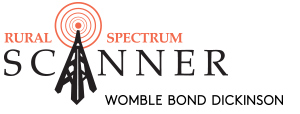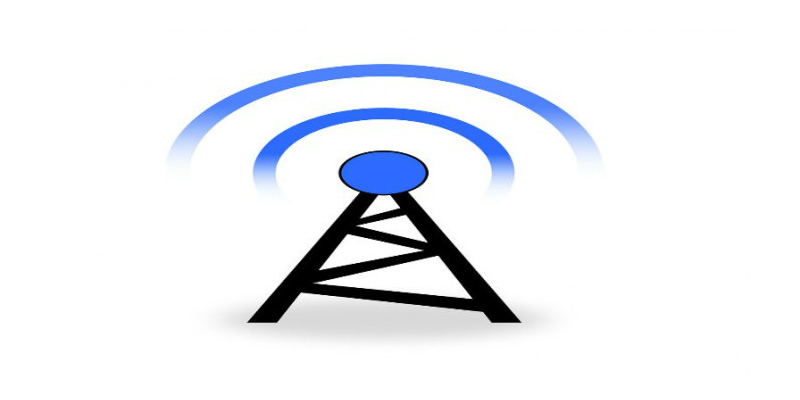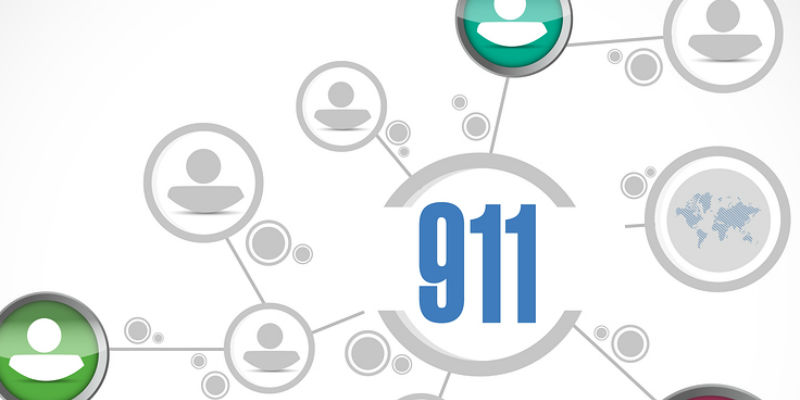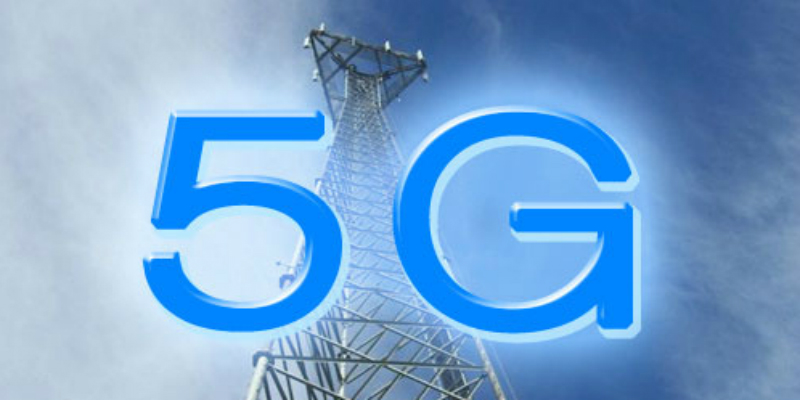Leaders of the House Transportation and Infrastructure Committee, Bill Shuster (R-PA) and Peter De Fazio (D-OR), have introduced the bipartisan Federal Aviation Administration (FAA) Reauthorization Act of 2018 (HR 4), which would exempt communications towers from the previous 2016 Congressional directive requiring marking and lighting of towers between 50 and 200 feet located in rural, undeveloped areas. Under the previous law, FAA Extension, Safety and Security Act of 2016, Congress directed the FAA to adopt rules requiring such marking and lighting. Since the 2016 law was enacted, industry and trade associations have lobbied against the law based on the extreme burdens of compliance. The new bill clarifies that the lighting/marking mandate would apply to meteorological towers, but would exempt communications towers as long as the FAA administrator determined they posed no hazard to air navigation. The bill would allow covered tower owners to either submit the tower’s information into a database to be established by the FAA or mark the tower consistent with the FAA’s 2015 advisory circular. The bill also clarifies that covered towers do not include towers located within the right-of-way of a rail carrier, or within the boundaries of a rail yard, used for railroad purposes. Among many other directives, the bill directs the Department of Transportation to ban individuals from using wireless devices for voice communications on scheduled airborne flights, except for crew or law enforcement officers. The bill also directs the FAA to assess the integration of public unmanned aircraft systems (UAS) in the national airspace, the safety of UAS’s use of commercial communications networks, and the impact of the reallocation of spectrum and possible interference on civil aviation safety. The bill is now before several committees for consideration.
Thursday, April 24, 2025
Womble Bond Dickinson,” the “law firm” or the “firm” refers to the network of member firms of Womble Bond Dickinson (International) Limited, consisting of Womble Bond Dickinson (UK) LLP and Womble Bond Dickinson (US) LLP. Each of Womble Bond Dickinson (UK) LLP and Womble Bond Dickinson (US) LLP is a separate legal entity operating as an independent law firm. Womble Bond Dickinson (International) Limited does not practice law. Please see www.womblebonddickinson.com/us/legal-notices for further details.
© Womble Bond Dickinson (US) LLP








